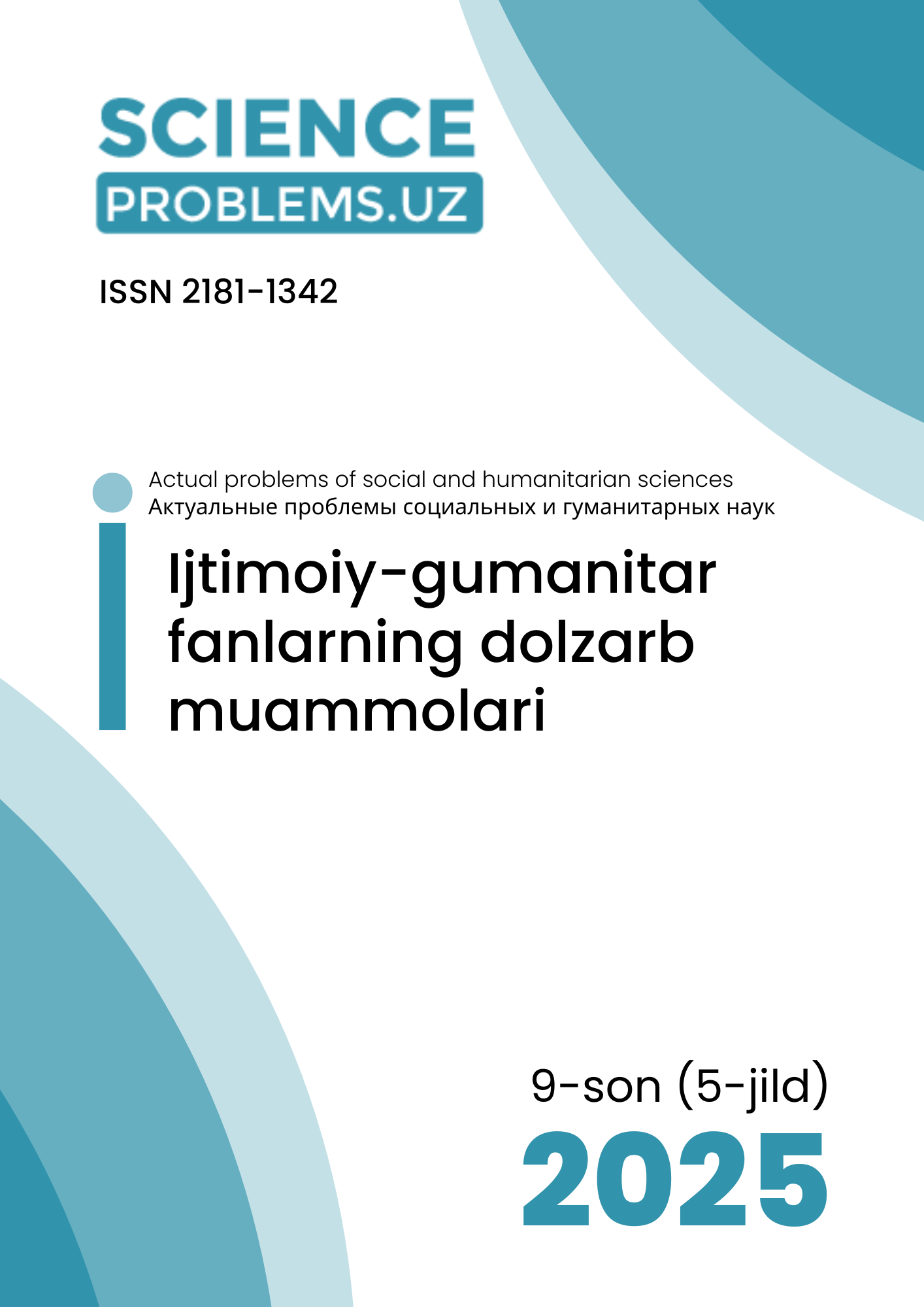SURXONDARYO VILOYATI IQTISODIY RIVOJLANISHINING EKONOMETRIK VA STATISTIK TAHLILI
Kalit so'zlar
https://doi.org/10.47390/SPR1342V5I9Y2025N08Kalit so'zlar
Surxondaryo viloyati, yalpi hududiy mahsulot (YaHM), ekonometrik tahlil, statistik tahlil, regressiya modeli, korrelyatsiya, qishloq xoʻjaligi, sanoat, xizmatlar sohasi, neftni qayta ishlash, qurilish sanoati, iqtisodiy rivojlanish.Annotasiya
Mazkur maqolada Surxondaryo viloyatining iqtisodiy rivojlanish tendensiyalari ekonometrik va statistik usullar orqali tahlil qilinadi. Asosiy tahlil obyekti sifatida viloyat yalpi hududiy mahsuloti (YaHM) tanlanib, uning oʻsish surʼatlari, tasviriy statistikasi va asosiy omillari chuqur oʻrganiladi. Maqolada 2010–2024 yillar davomida YaHM hajmidagi oʻzgarishlar statistik jadval va grafiklar orqali koʻrsatilgan, shuningdek, tarmoqlar boʻyicha korrelyatsion tahlil hamda regressiya modellari tuzilgan. Tahlillar natijasida qishloq xoʻjaligi, sanoat, xizmat koʻrsatish va ayniqsa koks va neftni qayta ishlash sanoatining YaHMga taʼsiri yuqori ekani aniqlangan. Shuningdek, qurilish sanoati omili ham regressiya modellarida sinovdan oʻtkazilgan. Maqolada keltirilgan natijalar asosida Surxondaryo viloyati iqtisodiyotining barqaror va izchil rivojlanayotganligi xulosa qilingan.
Manbalar
1. Каморников С.Ф., Каморников С.С. Эконометрика: учеб. пособие. – М.: Интеграция, 2012. – 262 с.
2. Радионова М.В., Фролова Н.В. Эконометрика: учеб.-метод. пособие / сост. – Пермь: Изд-во Перм. нац. исслед. политехн. ун-та, 2018. – 187 с.
3. Субханова М.А., Тураев Б.Э. Корреляционно-регрессионный анализ ликвидности коммерческих банков. The multidisciplinary journal of science and technology, Volume. 4., Issue 3, 2024
4. Максимова Т.Г., Попова И.Н. Эконометрика: учебно-методическое пособие – СПб.: Университет ИТМО, 2018. – 70 с.
5. Жўраев А. Ўзбекистон минтақаларида ялпи ҳудудий маҳсулотни шакллантирувчи омиллар // Иқтисодий таҳлил журнали. – 2018. – №2. – Б. 30–38.
6. Mankiw N.G., Romer D., Weil D.N. A Contribution to the Empirics of Economic Growth // The Quarterly Journal of Economics. – 1992. – Vol. 107, No. 2. – P. 407–437.








